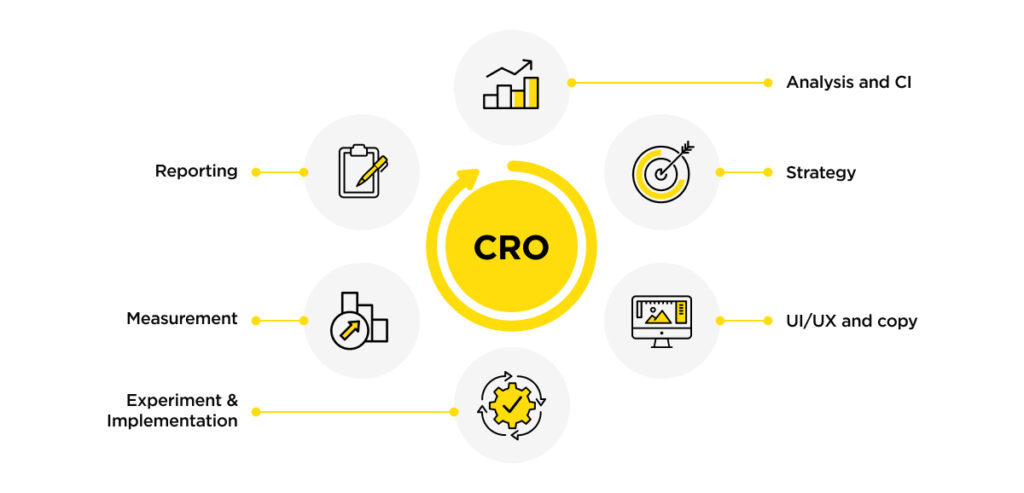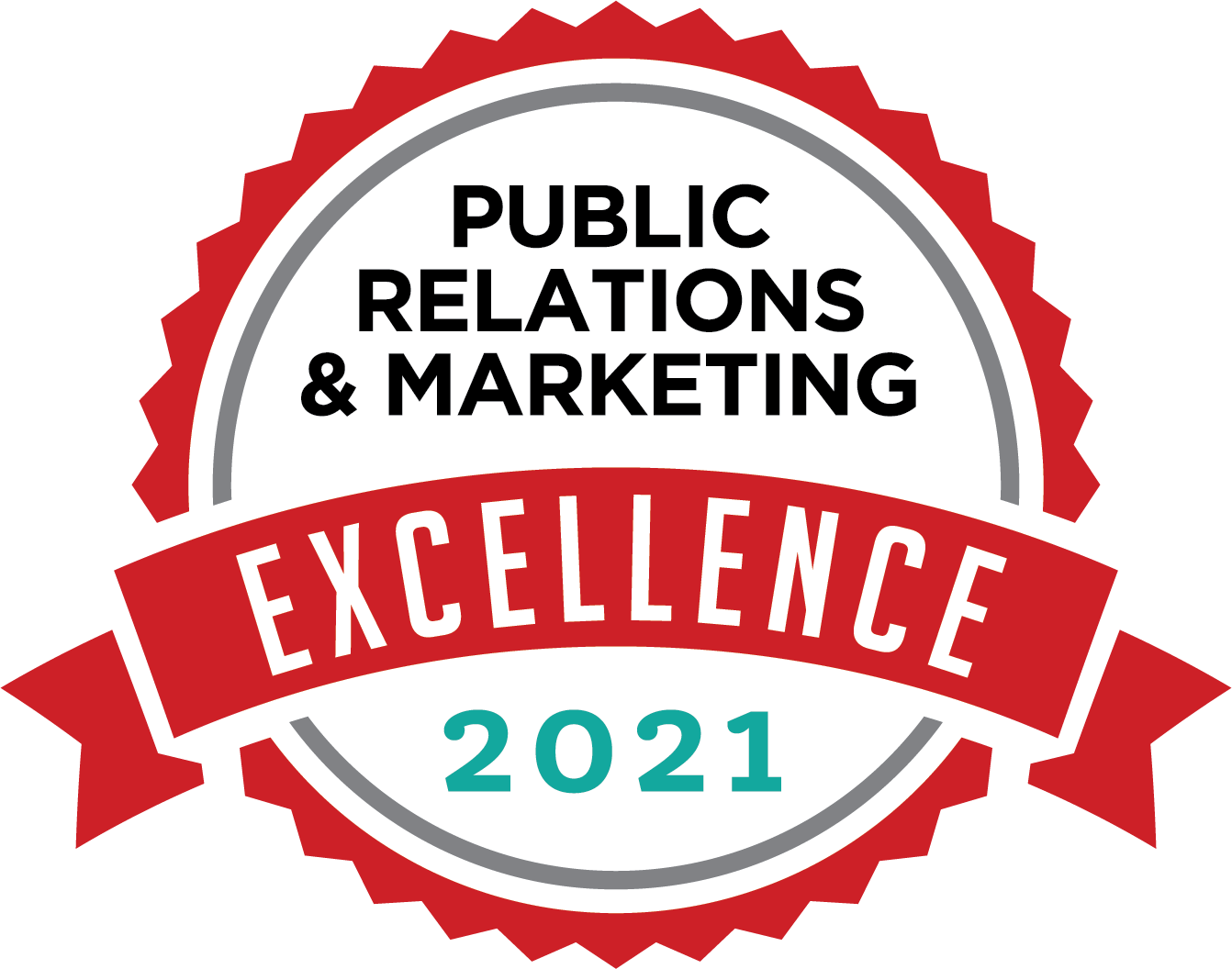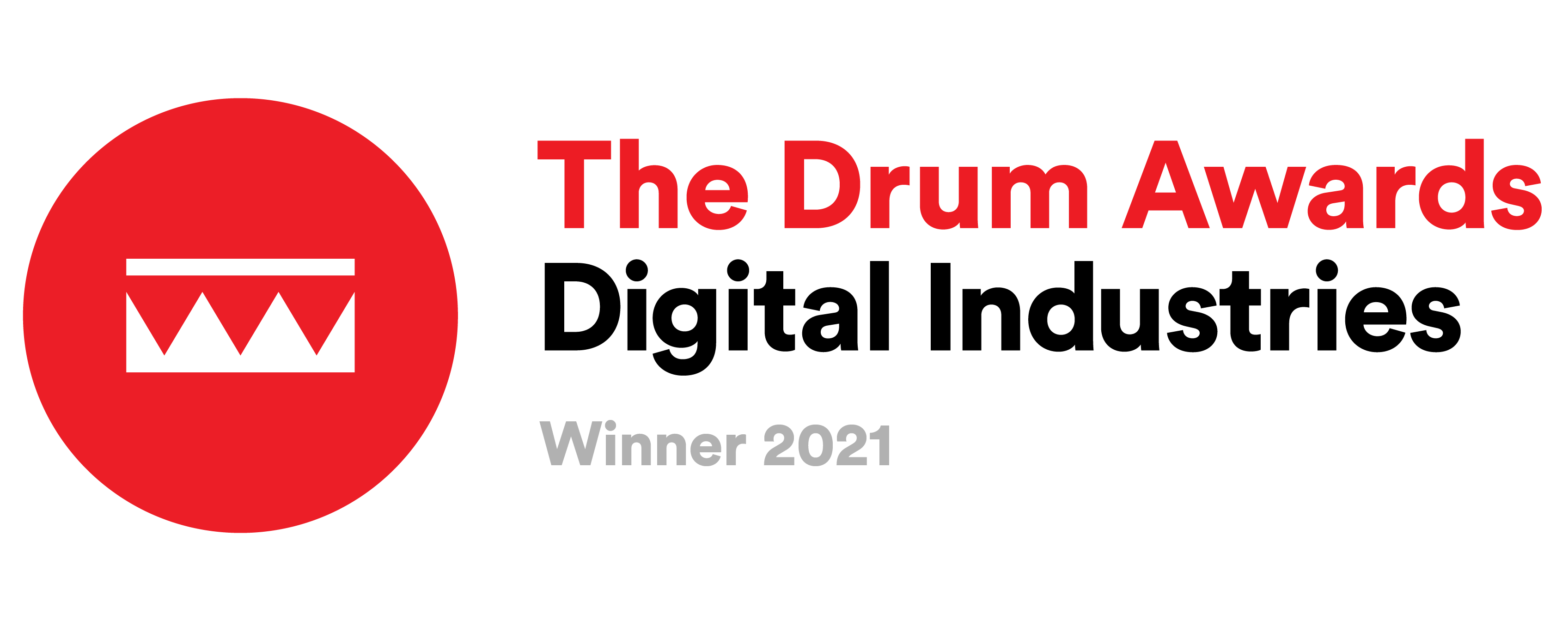An Introduction to Conversion Rate Optimization: What is CRO?

Conversion Rate Optimization (CRO) is a crucial component of digital marketing and a must for the performance of all your traffic sources, since it focuses on improving the percentage of users who take action on your website. Whether it’s completing a purchase, signing up for a newsletter, or downloading a resource, CRO stands for a systematic process of improving a website’s performance to achieve specific business objectives.
But what is CRO in marketing, and how can businesses implement it effectively? This article will provide a comprehensive overview of how to optimize your online presence.
So What is CRO, and What Does CRO Mean in Digital Marketing
What is conversion rate optimization? Let’s review the basics. Shortly, in digital marketing CRO stands for Conversion Rate Optimization, meaning how to optimize your website to make your users happier and your business grow. The main goal is identifying potential barriers in the user journey and systematically addressing them to improve the user experience and convince them faster and easier to take action, and once they do it, they are satisfied with the decision made (CRO should also improve retention and client satisfaction).
CRO marketing meaning extends beyond just increasing conversions; it involves understanding user behavior, leveraging data-driven insights, and refining marketing strategies to align with user needs. For example, a CRO campaign might involve redesigning a website’s layout, improving call-to-action buttons, or conducting usability tests to identify friction points.
The yellowHEAD CRO approach always recommends including SEO in this process because optimizing user experience and search visibility ensures that you not only attract more traffic but also effectively convert it into meaningful actions or sales.
How to Start with CRO?
Embarking on a CRO journey requires a structured approach. Here are the foundational steps:<
- Understand Your Audience Begin by gathering insights about your audience. Use tools like Google Analytics, Hotjar, and surveys to understand user behavior, preferences, and pain points.
- Define Conversion Rate Optimization Goals Clearly outline what you want to achieve with CRO. Goals could range from increasing sales to reducing bounce rates or improving form submissions.
- Analyze Current Performance Conduct a comprehensive audit of your website. Identify pages with high drop-off rates and rethink their design, usability, and content.
- Develop a Hypothesis Based on your analysis. For example, “Adding a testimonial section on the landing page will increase trust and lead to a higher conversion rate.”
- Implement Testing A/B testing and multivariate testing are essential to validate your hypotheses (more on these later).
- Iterate and Optimize Continuously monitor results and refine your strategies. CRO is an ongoing process, not a one-time activity.
Methodology and strategy are key to increasing conversions. Understanding your conversion funnel across all sources will make your numbers grow.
How to A/B Test?
After identifying the areas on your website to optimize, it’s time to begin testing. Testing plays a vital role in CRO marketing. It is the only reliable method to determine whether your changes lead to measurable improvements. Here’s how they work:
- A/B Testing: This method involves creating two versions of a webpage (A and B) and testing them with different segments of your audience. For example, you might test two versions of a call-to-action (CTA) button to determine which one performs better.
- Multivariate Testing: Unlike A/B testing, which tests one variable at a time, multivariate testing examines multiple elements simultaneously. For example, you could test combinations of headlines, images, and color schemes to find the most effective combination.
Both methods provide actionable data enabling marketers to make informed decisions based on user preferences rather than assumptions.
What Are CRO Techniques in Digital Marketing?
CRO techniques include a wide range of strategies designed to optimize user experience and drive conversions. Here are some common methods:
- Research and analysis are the key. Don’t use shortcuts, research your competitors to understand trends and analyze your own pages to understand conversion. Learn from your most converting pages and apply your findings to those that don’t convert so well. Use Google Analytics 4 to analyze your website.
- Start from above the folder content: Focus on the elements that users see right away when they open your website.
- Improving Website Navigation Ensure intuitive navigation to Simplify the user journey. A clear menu and a well-structured layout reduce friction.
- Improve your page load speed to improve user satisfaction and reduce bounce rates. Tools like Google PageSpeed Insights can help identify areas for improvement.
- Crafting strong calls-to-actions (CTAs) guides users toward desired actions. Use action-oriented language and make CTAs stand out visually.
- Personalizing User Experiences Leverage data to create personalized experiences. For instance, recommend products based on browsing history.
- Use Social Proof by incorporating reviews, testimonials, and trust badges to build credibility and encourage conversions.
- Streamlining Forms to only request essential information, reducing user effort and increasing form submissions.
What Is a Good Conversion Rate?
The definition of a “good” conversion rate varies by industry, audience, and goals. However, most businesses aim for a conversion rate between 2% and 5%. High-performing websites in competitive industries can achieve rates above 10%.
Factors influencing conversion rates include:
Industry Benchmarks: For example, E-commerce typically has lower conversion rates than B2B services due to differences in purchase intent.
Traffic Quality: High-quality traffic from targeted campaigns often leads to better conversion rates.
Optimization Efforts: Continuous CRO efforts can significantly boost conversion rates over time.
Personalize Your Conversion Rate: You are not the same as your competitors, so while comparing your conversion rate to theirs can give you a rough estimate, it’s more important to decide what conversion rate you want to achieve and start with that. Begin your CRO journey with a clear goal in mind. Saying, “I want to increase my CVR,” is too vague. Instead, set a specific target—such as achieving a 2% increase—and develop your strategy accordingly.
How to Calculate Conversion Rates
Calculating your conversion rate is straightforward. Use the formula:
Conversion Rate = (Number of Conversions / Total Visitors) × 100
For example, if 500 out of 10,000 website visitors complete a desired action, your conversion rate would be:
(500 / 10,000) × 100 = 5%
Regularly tracking this metric is essential for measuring the success of your CRO campaigns.
Final Thoughts About CRO in Marketing
CRO is an indispensable aspect of digital marketing that empowers businesses to maximize their potential. By understanding CRO marketing meaning and best practices and employing testing methodologies, businesses can optimize their websites to improve user experiences while achieving their objectives.
Remember, conversion rate optimization is an iterative process that requires continuous refinement. Start with a clear understanding of your audience and goals, experiment with data-driven hypotheses, and embrace a culture of constant improvement. With these practices, you can transform your website into a powerful tool for driving success in the digital landscape. If don’t know where to start, just talk to our CRO experts—they’ll help you reach your maximum potential.




















